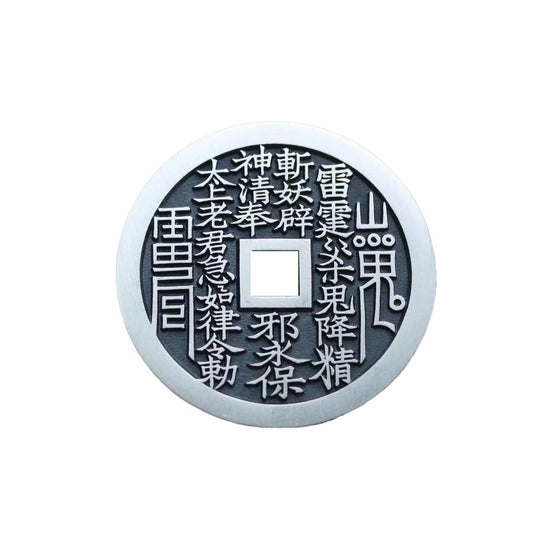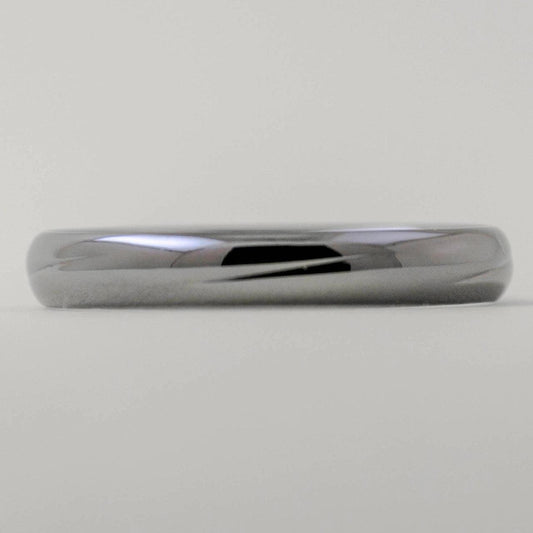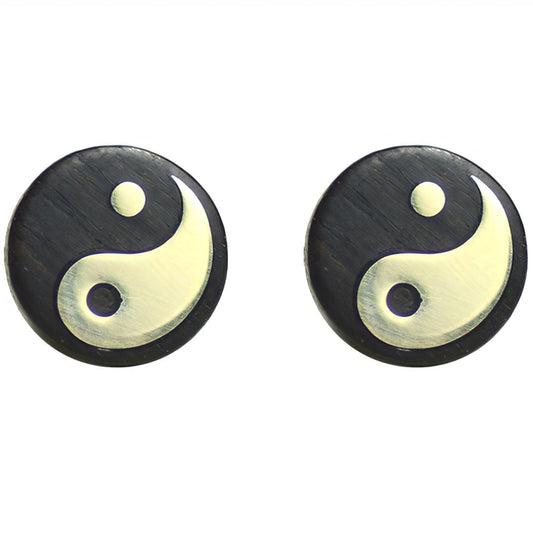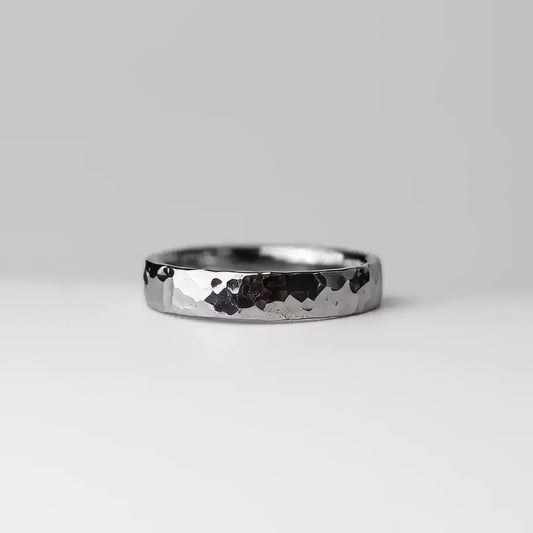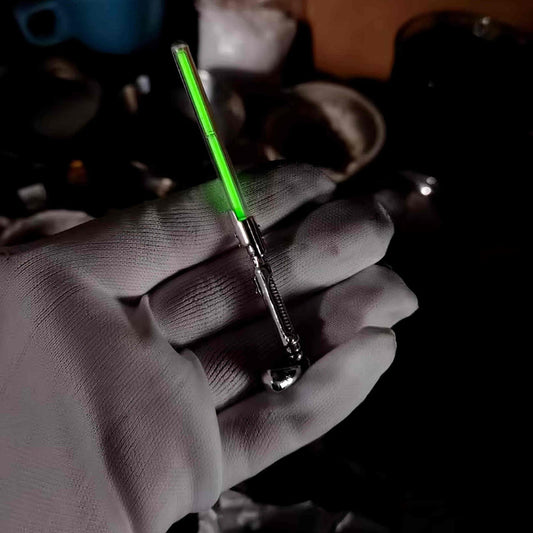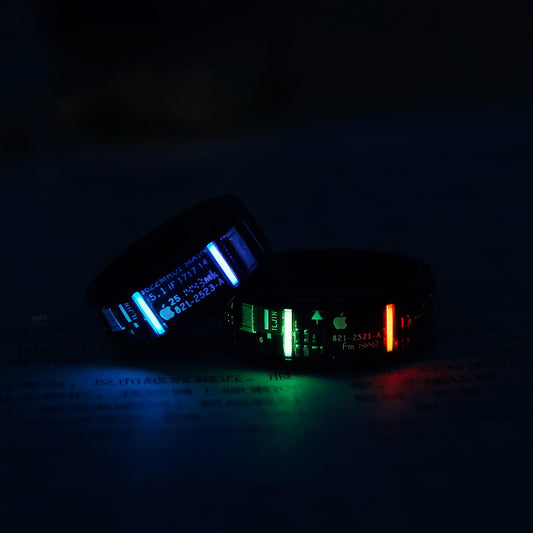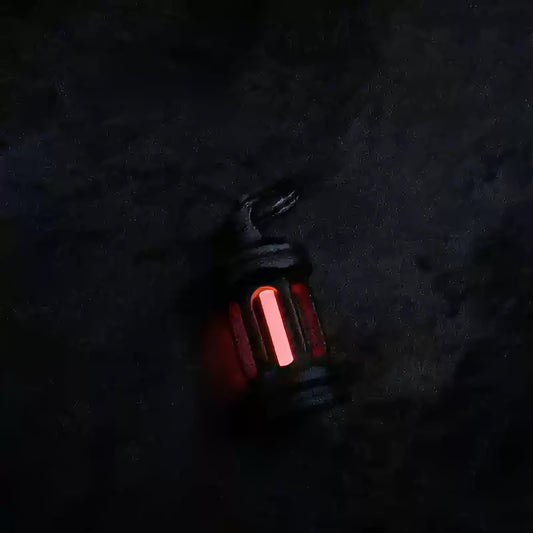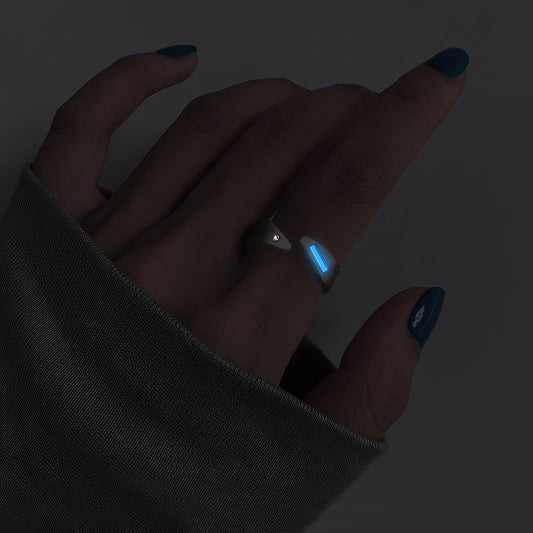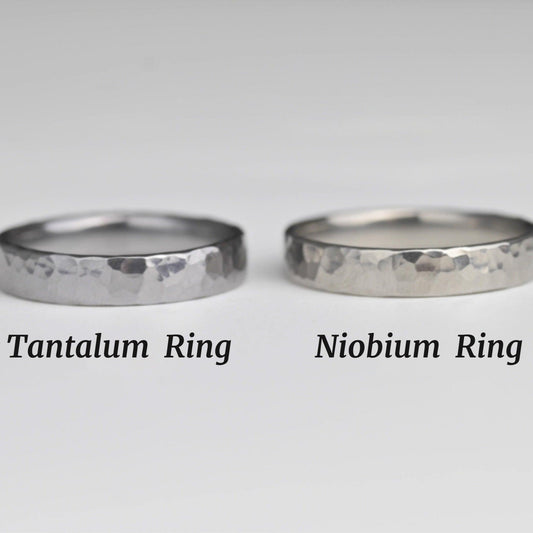Understanding Tritium The Three-Neutron Tale
Understanding Tritium The Three-Neutron Tale
If you’ve ever cracked open a science textbook or watched a documentary about nuclear energy, you may have come across the term “tritium.” This elusive substance, often overshadowed by its more stable sibling, hydrogen, is surprisingly fascinating in its own right. Tritium is a form of hydrogen, specifically an isotope, which is a fancy way of saying it has the same number of protons but a different number of neutrons compared to regular hydrogen. In the case of tritium, it’s all about the neutrons—three of them, to be exact.
Let me transport you to a moment in my high school chemistry class. Our teacher, Mr. Kerrigan, carried this passion for subatomic particles that was nearly infectious. He hoisted a simple hydrogen model above his head, pointing out its single neutron. “Meet hydrogen,” he declared, “a fellow who keeps it simple.” Then he presented a tritium model, showing off its three neutrons with a bit of a flourish. This quirky show-and-tell stuck with me, making tritium seem almost like hydrogen’s eccentric cousin, carrying around extra baggage in the form of neutrons.
Now, why does tritium matter beyond classroom antics? Well, it’s fascinating because of its radioactive property, which is used in various applications from scientific research to the glow-in-the-dark faces of some wristwatches. This is due to its beta decay—a process that, to put it simply, involves one of its neutrons turning into a proton and emitting an electron. It’s quite the microscopic light show, albeit invisible to the naked eye.
Tritium also has its place in more serious discussions, especially when it comes to nuclear fusion and energy. The fact that it emits low-energy radiation makes it a candidate for use in potential future energy sources that promise to be safer and more sustainable than our current nuclear fission processes.
Considering the cultural nuances, tritium often isn’t a household name like hydrogen or helium. Yet, in niche communities—think chemistry aficionados, nuclear scientists, and certain hobbyists—the conversation about tritium can spark a lively debate. It bears a certain mystique due to its scarcity and specialized applications.
Imagine explaining tritium at a dinner party. You might start with its atomic nucleus dance, leading to discussions about its uses, and end with a whimsical nod to Mr. Kerrigan’s class. That’s the beauty of tritium: it’s an intersection of science, curiosity, and that ever-present human penchant for storytelling. So next time you glance at a glowing watch or hear hushed tones about nuclear advances, think of tritium and its three neutron tale—a small, mighty atom with a lot of character and even more potential.


